The longest journey begins with the first step
Robert Mize
April 25, 2022
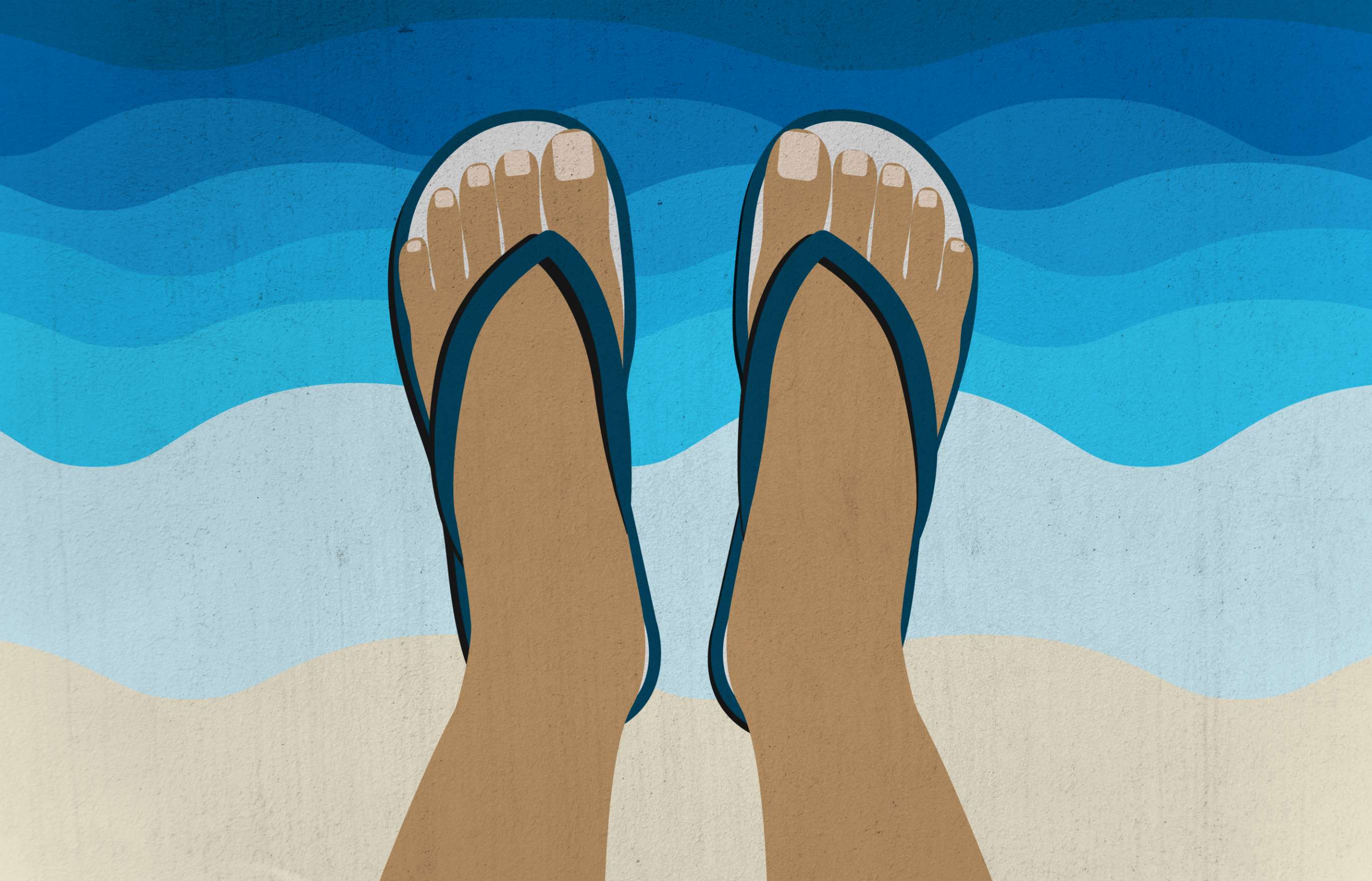
I grew up in a Christian background. My mother was Protestant—my maternal grandmother had built a Church of Christ in the small town of Aromas, California, in the mid-1930s—and my father was raised Irish Catholic. Back then, interfaith marriage was taboo, but my parents got along fabulously. So I was baptized as a Protestant, but also as a Catholic, which may have been unusual! Sometimes I went to a Protestant church, and sometimes to a Catholic Church. My father and mother were okay with it. I practiced Catholicism on and off, and came to lean more that way as I got older.
I grew up in Watsonville, which comprised members of two communities: Eastern European immigrants from countries like the Czech Republic, Slovakia, Romania, and Hungary; and Japanese. I had a lot of Japanese friends who went to Buddhist temples, and I developed a fascination with Buddhism, although I never visited a temple myself. Around 2005 I met my future mentor at Shinnyo‑en, who is also Japanese, and watching how he interacted with others left me wanting to know more. So in 2007, when he invited me to a Shinnyo‑en temple, I thought, “This is my chance to find out.” We went to a service, and my mentor gave me a chanting book to help me keep up. I had no idea what was going on and didn’t understand the language, but the bottom line is that the calming effect of the chanting drew me in, and I felt a sense of peace and comfort I hadn’t known in years.
Back then, I was also going to a Catholic church in Watsonville. I had some concerns about conflict with my background, so I consulted a priest at my church. He asked if I had been told to denounce the church, and I said no. He asked about the basic philosophy or practice, and I said if I had to sum it up, it’s just putting others before yourself and being kind to people. He smiled, and said, “Go with God.”
He asked about the basic philosophy or practice, and I said if I had to sum it up, it’s just putting others before yourself and being kind to people. He smiled, and said, “Go with God.”
One of the practitioners at the sangha, who I had come to know through my mentor, would meet me after work at the temple in Redwood City. We would chant, pray, and talk about practicing, and it gave me the strength to focus on a buddha-centered way of life. This determination was soon tested when I developed a distressing condition. In January 2008, I began to suffer from back pain, and by the summer my body was reacting badly to a steroid I’d been taking that shut off the blood supply to the top of my legs. I learned that both thigh bones were dying from the top down. I was in agony, and soon had to undergo surgery to get implants.
Five weeks after surgery, the gym I frequented got a new owner. The swimming pool was drained and the floor surface made smooth as glass. Unaware of this, I slipped and fell, breaking my femur below the implant, and had to spend ten months in a walker. It was a challenging year for me, yet my experience gave me the drive to practice further.
When my mentor next visited the area, we talked about Winter Training, which I was hoping to attend for the first time. My mentor was concerned about my condition, and didn’t want me to have to drive very far. Twenty or thirty sites were conducting Winter Training in the area, and I lucked out. I became good friends with the hosts of the place I ended up going to, and they have taken care of me ever since.
I would consider my main practice to be thinking of others before myself, and considering why people do things. I have a habit of becoming irritable with others, so I have to keep that in check, and the practice of reflection helps me put myself in their position.
Winter Training was great. I felt supported by those around me, and learned about being buddha-centered rather than human-centered. The couple that hosted the training often accompanied me to the temple, where we would chant and pray together. I know this didn’t happen by chance. I don’t know if I can articulate it, but I’ll try: There’s no road sign, but perhaps because of my Christian background, which gave me the knowledge that some things are intangible, I inherently understood it. It also happens through practicing with your fellow practitioners—their faith cultivates your faith. The common element for people in the sangha is faith; this is something you just know in your heart.
Around 2008 or 2009 I started to go to home meetings at the couple’s place. They opened their home to us, and we could spend time with other practitioners, sharing daily experiences, personal thoughts, and insights into our lives, and learning what tools we each use to overcome those challenges. It’s really important for practitioners to get together to talk about the Shinnyo Path, laugh, and eat good food—especially the food part! When my mentor visits we try to have him over for dinner as often as his busy schedule allows.
My mentor provided a great example of how to practice at the social level. When interacting with friends and strangers on the street he was always kind and courteous, taking the time to stop and talk, and putting their needs before his own. It was obvious to me that he was putting what he believed into daily practice. I think that’s what is meant by a buddha-centered practice. For example, if you’re driving and someone cuts you off, you can get really angry—that would be a human-centered reaction—or you can brush it off and just assume that they had something else on their mind, like rushing to an emergency.
With Shinnyo‑en, I feel like I’m my own keeper; nobody asks me, “Were you kind to people this week?” “Did you drink too much?” Sesshin helps me know whether my actions are buddha-centered or not, but I’m the one who has to keep count.
I would consider my main practice to be thinking of others before myself, and considering why people do things. I have a habit of becoming irritable with others, so I have to keep that in check, and the practice of reflection helps me put myself in their position. I consider that maybe they don’t have the resources I have with the Shinnyo Path. I try to overcome my tendency to respond with a kneejerk reaction, and act with compassion and understanding instead.
I had been to the temple four or five times when my mentor suggested I try out sesshin meditation. Each time I would come up with an excuse not to do it: I’d got there too late, or I had to leave. Perhaps I felt a certain level of fear in opening up my soul. As a Catholic, I would confess my transgressions or sins, receive absolution, and be free to start from ground zero. With Shinnyo‑en, I feel like I’m my own keeper; nobody asks me, “Were you kind to people this week?” “Did you drink too much?” Sesshin helps me know whether my actions are buddha-centered or not, but I’m the one who has to keep count. It has been an eye-opener for me, and has always helped my practice. Sometimes I have been amazed, taken aback, shocked, at the spiritual words I’ve received, touching on experiences I had as a youth that nobody but myself could have known about. I see sesshin as a mirror through which I get to view myself, or a roadmap that projects where I’m headed and directs me to where I want to be.
The years I’ve had to cope with my condition have been difficult, but I’ve been lucky my whole life. Maybe blessed is a better word. There’s always a purpose behind events in our lives, and what’s happened to me over the last five years didn’t happen randomly. Some unfortunate situations you create yourself, some are created by others, but we can rely on the support of the sangha, Her Holiness, and the buddha realm, love, blessing—whatever you want to call it. Things don’t happen by chance. I’ve always felt blessed, lucky. People ask me, “How can you possibly feel lucky with your hips?” but in the great scheme of things that can happen in the world, it’s not that big a deal. Don’t get me wrong, I wish I didn’t have to deal with the problem, but it could have been life threatening.
In my mind I keep going back to the idea of fate: I know that how I interact with another person tomorrow might change the way the world is at some point in time. It might be a small change in a small part of the world, but eventually it will cause a ripple effect. I believe that kindness goes a long way.
I’ve always wanted to know more about the world, but the idea that I can actually become enlightened can be hard to grasp. I want to lie down at night knowing I’ve been better today than I was yesterday, and I know that the closer I get to a state where I can be kind to others, the closer I get to enlightenment. In my mind I keep going back to the idea of fate: I know that how I interact with another person tomorrow might change the way the world is at some point in time. It might be a small change in a small part of the world, but eventually it will cause a ripple effect. I believe that kindness goes a long way.
The hip replacement that I had is on recall, and I’m facing more surgery, so there are still many challenges ahead. But I would like to give everybody a few words of encouragement. You can’t become enlightened in one day—it takes a lifetime. Each encounter, in fact each moment of each day that you interact with the people around you, is an opportunity to build positive karma, or merit, and an opportunity to strengthen your faith to keep moving forward. Keep chipping away at the bad karma to gain that strength. Everyone goes through different trials and tribulations, but as I keep reminding myself, the longest journey begins with the first step.
View more stories
Finding strength in the people around you
By Haidee Sui
Haidee Sui, a Shinnyo-en practitioner from Northern California, shares how she found strength in the temple community that helped her to connect to others and accept herself as she grew through a challenging time in her life.
The courage to persevere
By Jin Takamizu
The following is the story of Shinnyo-en member Jin Takamizu, who lives in the Tokyo area and shared this very personal account of how his faith gave him the courage to persevere, and eventually triumph, in the face of adversity.

Discovering treasure in painful experience
By Jin Takamizu
Jin Takamizu, who practices in Tokyo, Japan, shares the story of a spiritual breakthrough he experienced while undergoing surgery to correct a cleft lip and palate he lived with for most of his life. He describes how undergoing that painful experience helped him discover a sense of purpose in life.
Gaining peace and self-love
By Kevin Shi
Shinnyo‑en practitioner Kevin Shi, from Seattle, reflects on how the teachings offered him guidance and perspective when struggling with depression, helping him to rediscover a sense of inner harmony and self-worth.
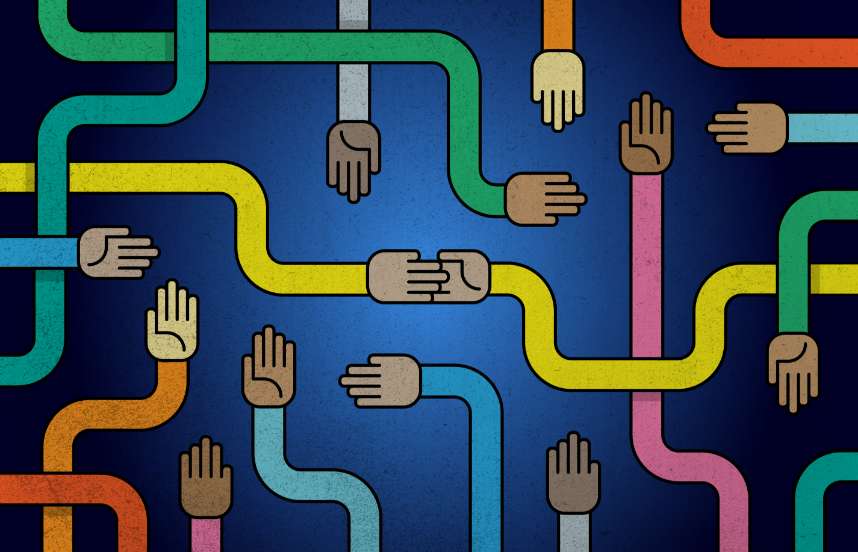
Coming home
By Amy Leval
Amy, an American living in Sweden, shares the story of how the simple practice of offering merit on behalf of family members that she had never met opened the way for healing and reunion within her extended family.
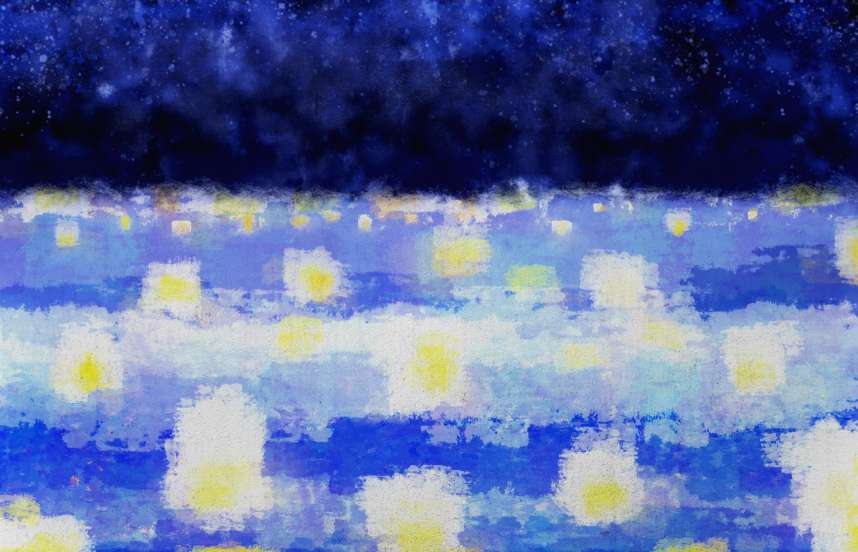
Sending off the spirits of the dead
By Temple Staff Member
In this article from a 1954 Shinnyo‑en newsletter, a member of the temple staff describes an early lantern floating officiated by Shinjo and Tomoji Ito. Despite the many decades since it was written, the account will be remarkably familiar to participants of contemporary lantern floatings.
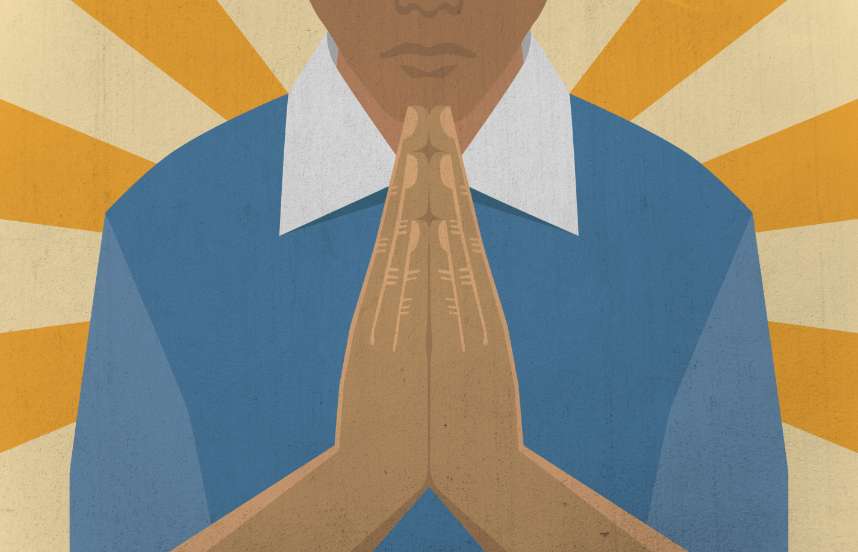
The spirit of gassho: cultivating gratitude as a spiritual practice
By Her Holiness Shinso Ito
Her Holiness likens living a true spiritual life to greeting others with a reverent expression of appreciation. A spirit of gratefulness for others and all that we have cultivates contentment and joy within us. It is a simple practice that we can only experience in the company of others.
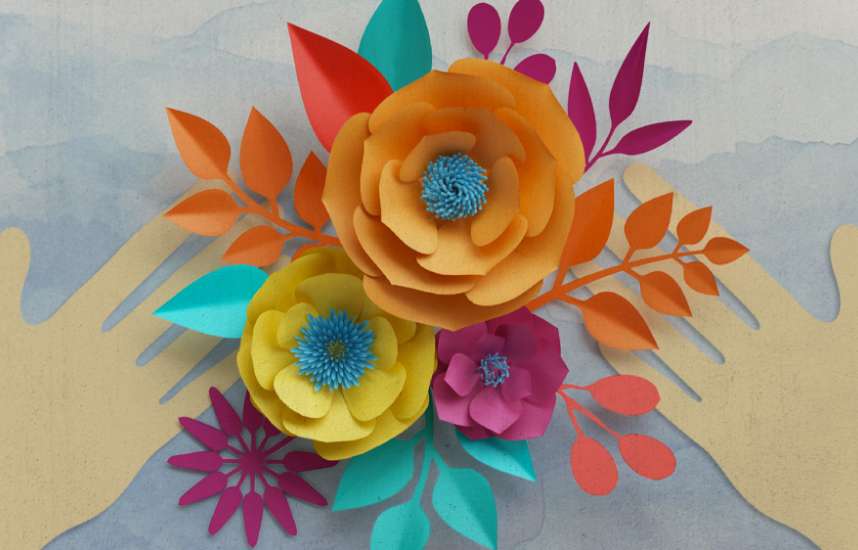
Walking on my own with others
By Takako Masuda
Takako Masuda, whose disability once made her introverted and aloof, describes how a warm, encouraging gesture from Her Holiness helped her realize we never truly walk alone.
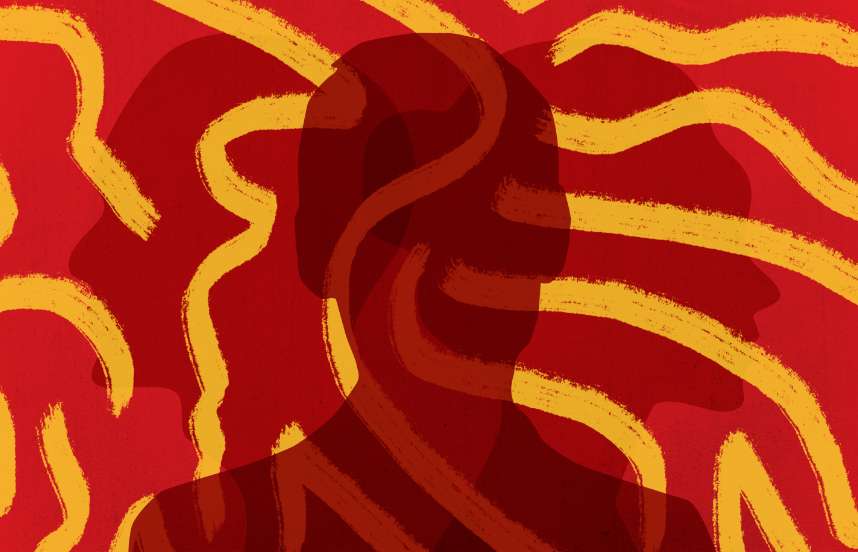
Healing bitterness with joy
By Tracy Yang
Tracy Yang, who lives in the United States, shares the story of her family breaking apart, the hardship of emigrating to New York with her mother, how sesshin helped her to uproot feelings of anger toward her and truly see her for who she is, and how with practice, her bitterness turned to joy.
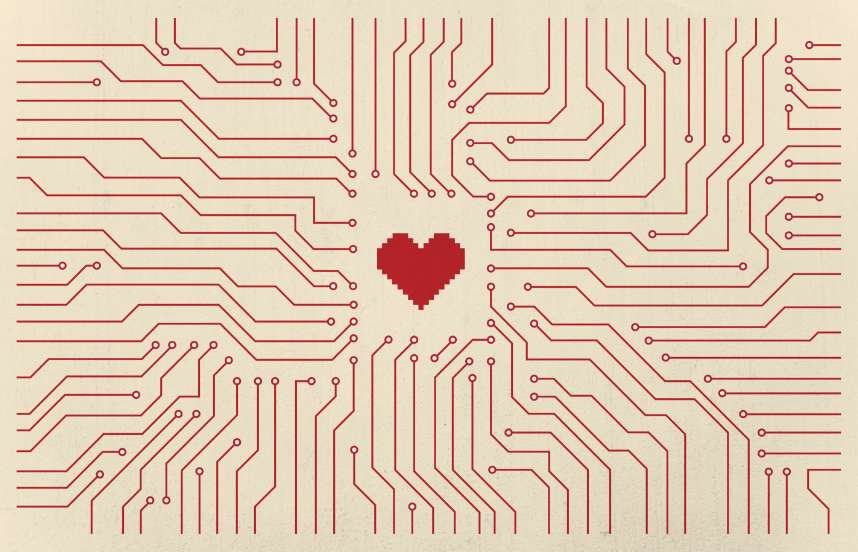
Kindling the warmth of Shinnyo in one’s heart
By Nicolas Simonet
French practitioner Nicolas Simonet shares how, even after being a member of Shinnyo‑en for a long time and feeling he knew more than others, a crisis in his relationship provided him a mirror to see his own failings, and finally ground his practice in his heart.
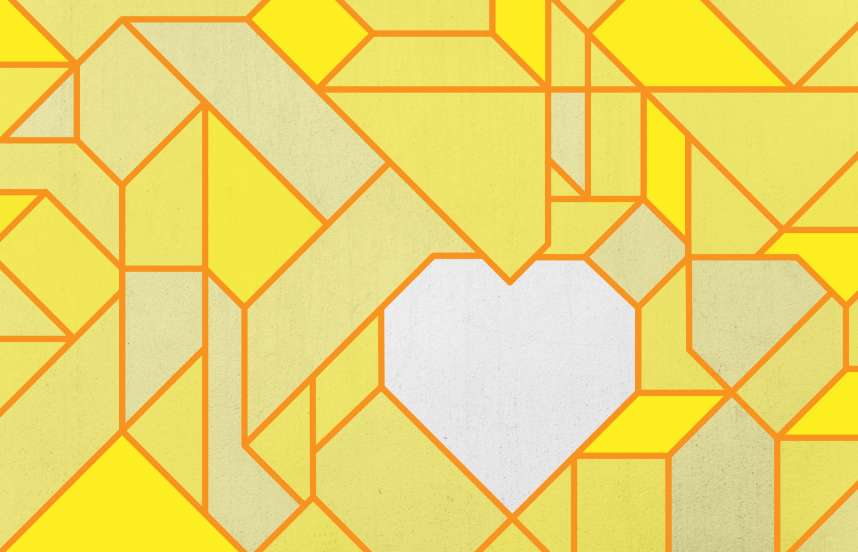
Practicing from the heart
By Lisa Bandiera
Lisa Bandiera, a member of the Shinnyo‑en temple in Sydney, Australia, describes how sesshin invigorated her spiritual practice within her family, and how studying at Shinnyo‑en has deepened and enriched her understanding of the faith tradition she was raised in.
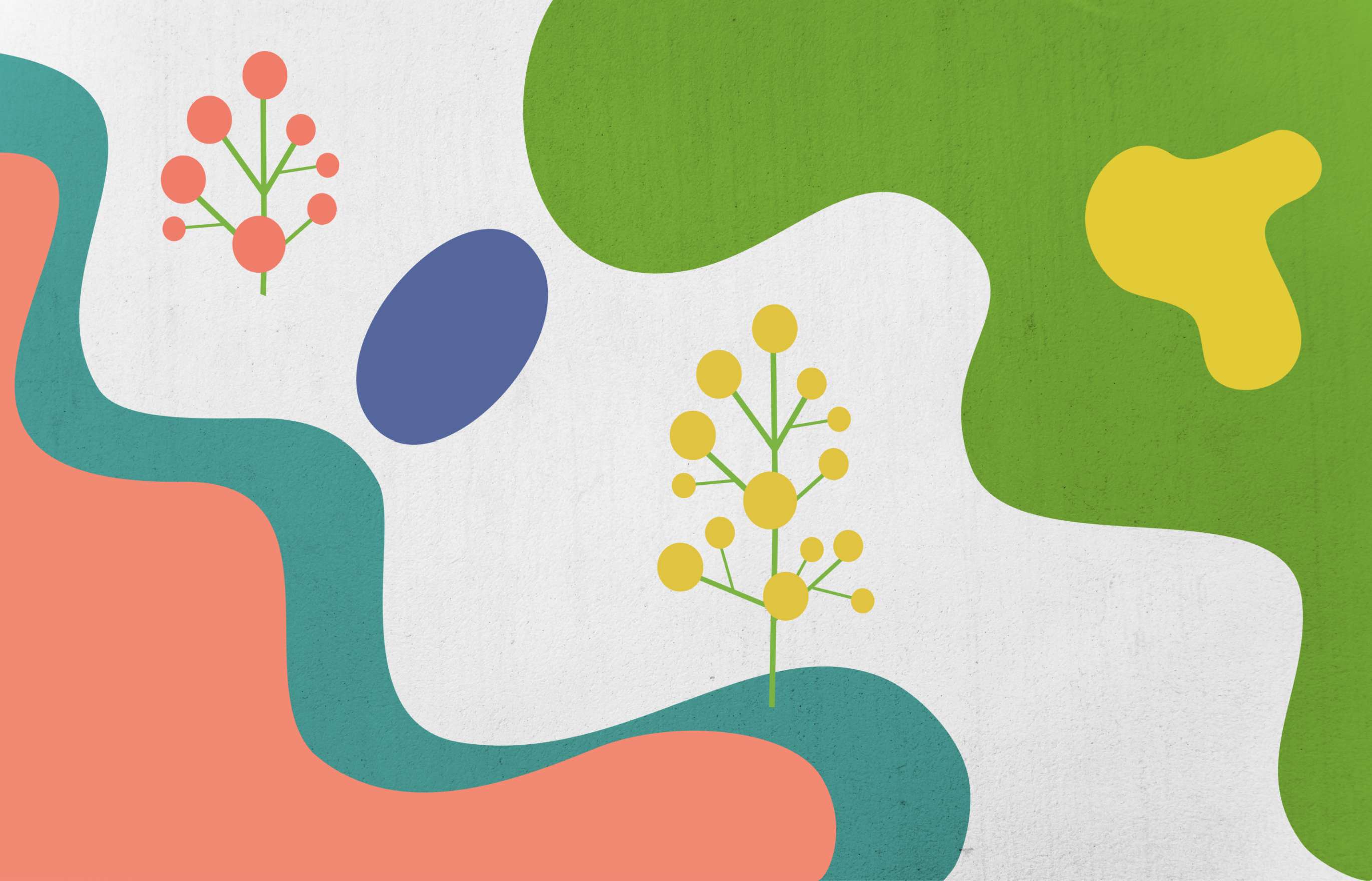
Spiritual training in a city full of potential Buddhas
By Ai Yamanaka
Shinnyo‑en practitioner Ai Yamanaka, from New York, finds spiritual inspiration, a happy life, and encouragement in the joyful open-heartedness hidden beneath the city’s superficial gruffness.

Steadfastly walking the path with others
By Master Shinjo Ito
Master Shinjo Ito, the founder of Shinnyo‑en, shares how the image of Achala (“the immovable one”), inspires development of a spirit of loving kindness and compassion toward others in one’s practice that remains steadfast, regardless of circumstances or recognition.
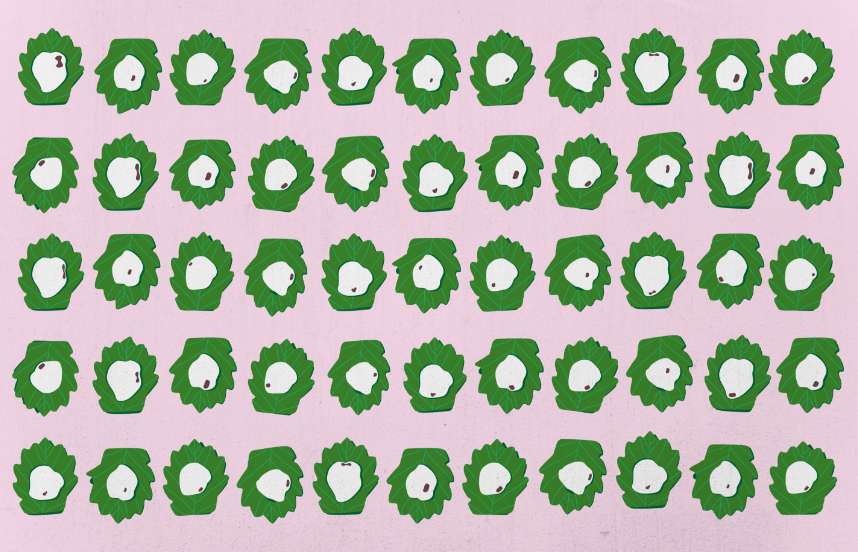
Taking what is left
By Her Holiness Shinso Ito
Her Holiness Shinso Ito shares a childhood memory of celebrating “Boy’s Day” with her mother, illustrating how she skillfully taught by example how to express qualities of buddhahood in everyday life.

The transformative effects of the Shinnyo path
By Guillaume Riou
French practitioner Guillaume Riou shares his very personal story of practicing Shinnyo‑en, and how the simple act of praying for a cousin’s premature baby opened his heart to an estranged family member, and helped to heal the whole family.
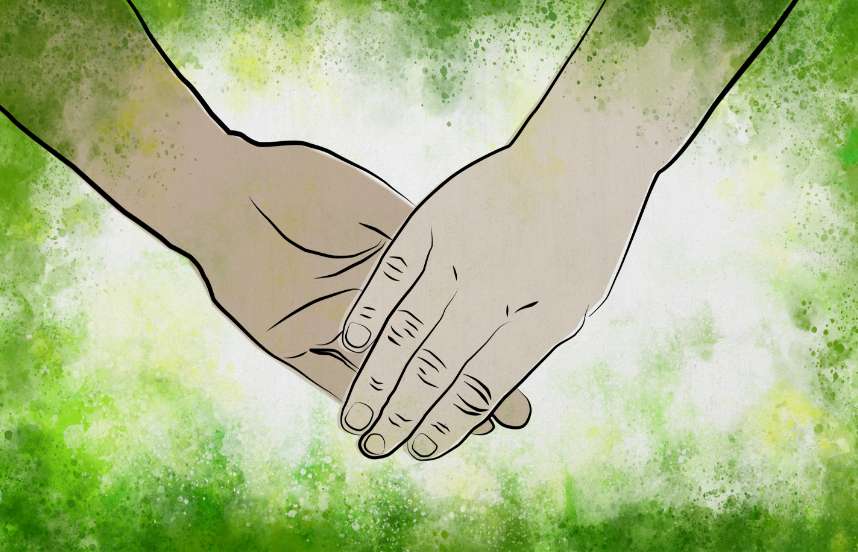
Touching our Buddha nature
By Mark S.
Shinnyo‑en practitioner Mark, from the United Kingdom but practicing in Japan for the last 20 years, explains how getting in touch with his “buddha nature,” his natural goodness within, helped him recognize the support and friendship of others around him and really be himself.
